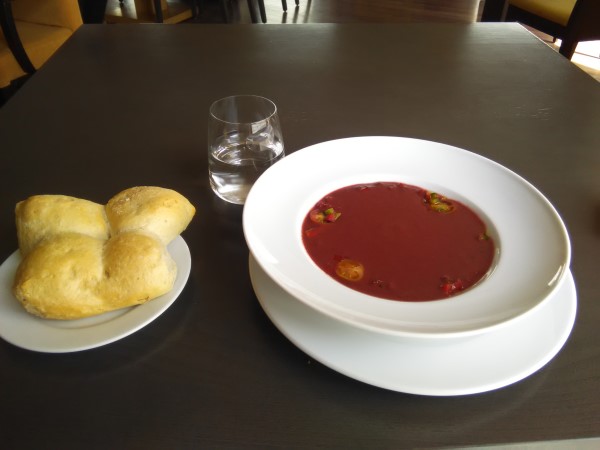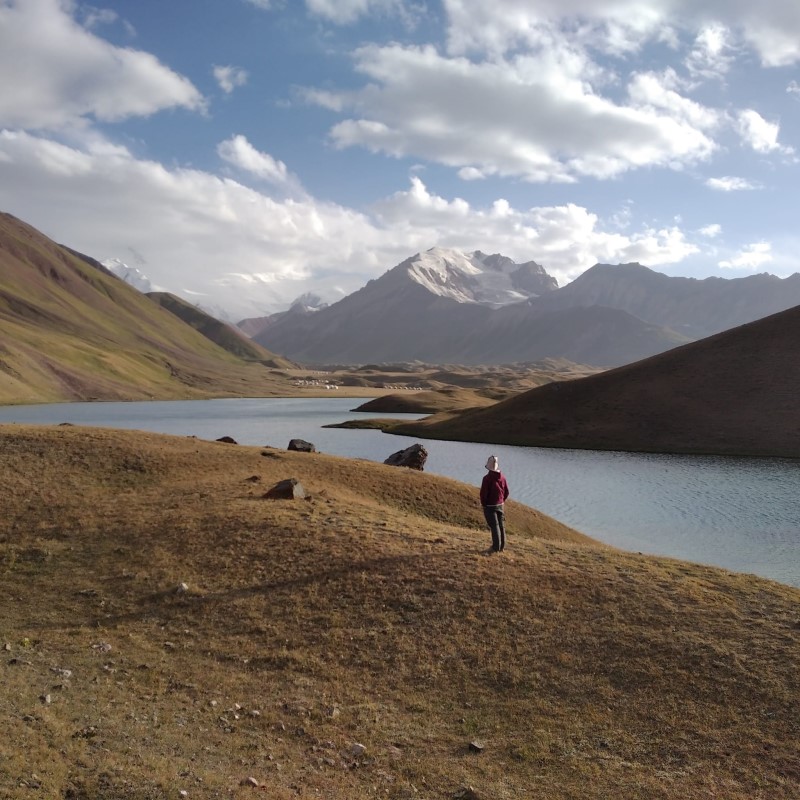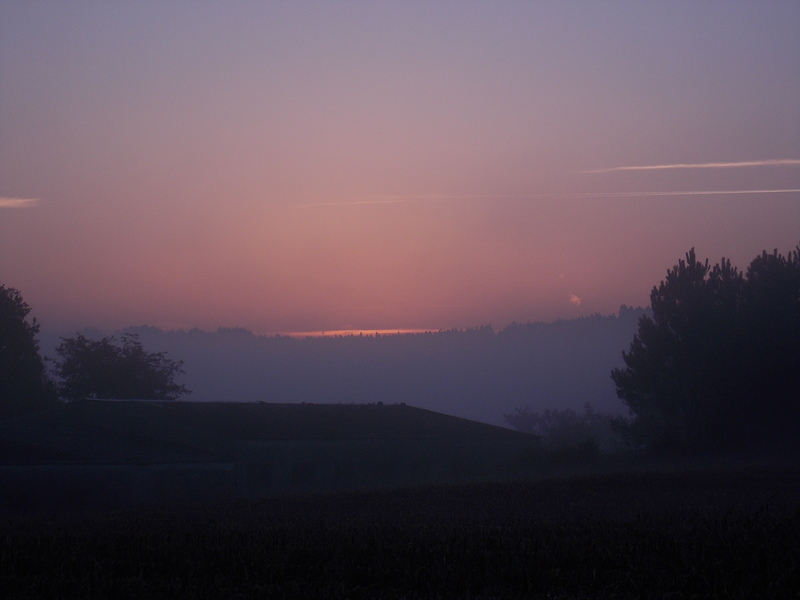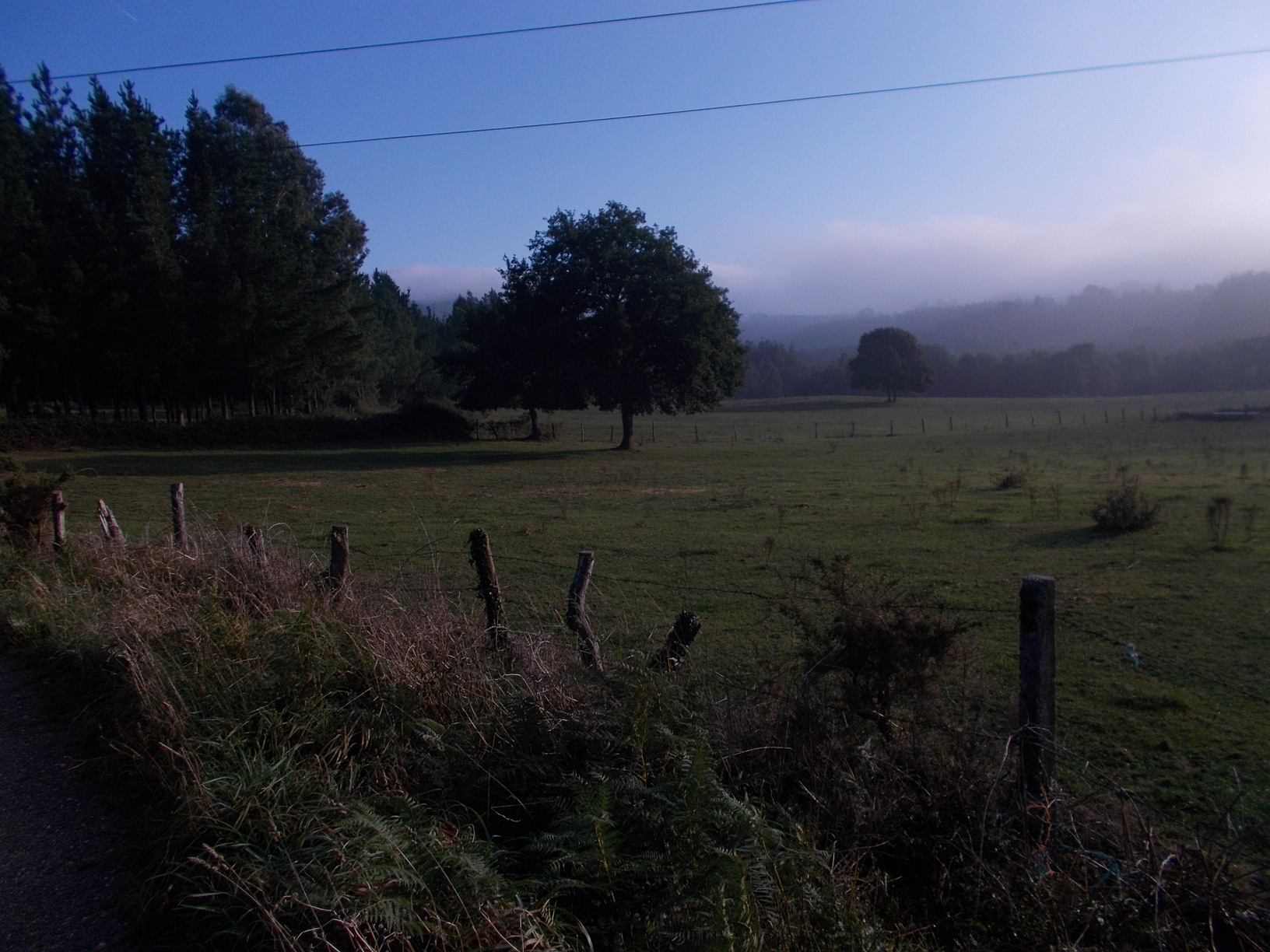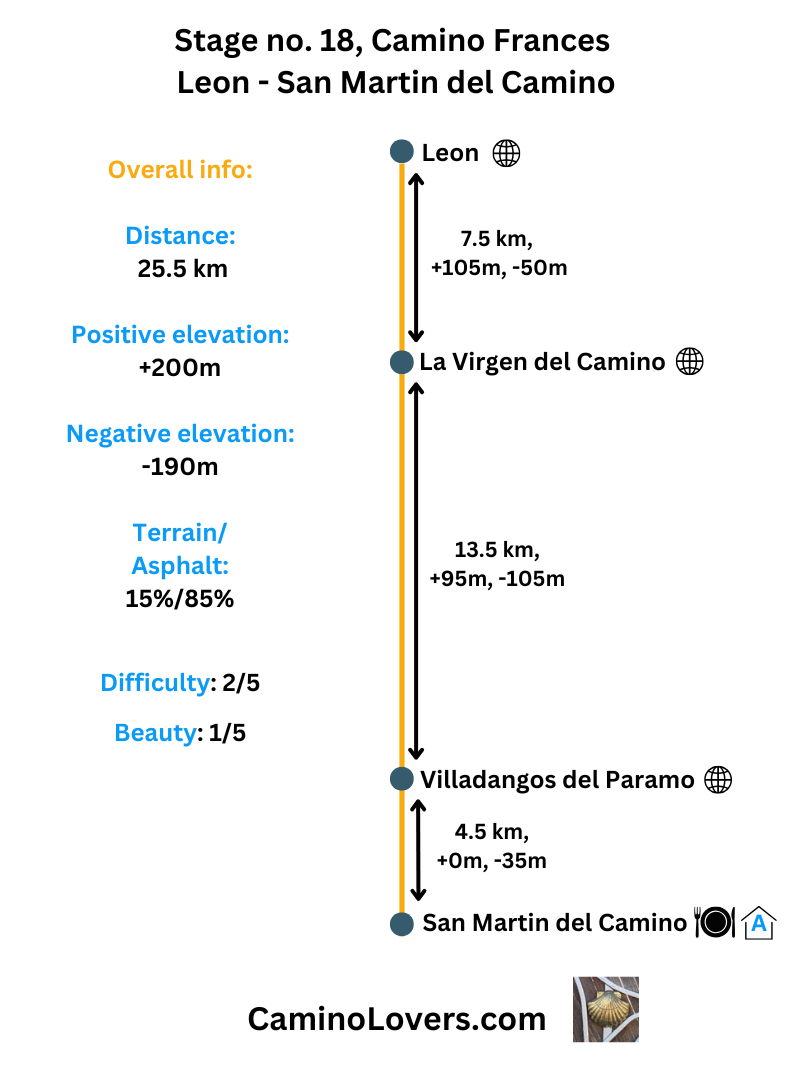
Basic Information
- Starting Point: Leon, Spain – The capital of Leon province, known for its Gothic cathedral and beautiful town center. With over 120,000 inhabitants you can count on any kinds of services or shops (should you need, for example, a new pair of shoes for the second half of your camino). Five pilgrim albergues, five hostels, and many other accommodation options for any budget. Leon is slightly over 300 km away from Santiago de Compostela, and one of the popular starting points for pilgrims who do not dare to try the whole camino yet.
- Ending Point: San Martin del Camino, Spain – A small agricultural village that marks the transition back to rural walking. With roughly 300 inhabitants, you will find in the village five pilgrim albergues. There is no shop though (sure a business opportunity soon enough someone in the village will take an open one). Alternative route ends in a much nicer place called Hospital de Orbigo (with the famous bridge).
- Availability of an alternative route: Yes – A quieter rural path via Villar de Mazarife, that actually doesn’t go to San Martin, but you continue to a beautiful town of Hospital de Orbigo. While the landscape isn’t much different, taking this variant you avoid some busy road walking, and also spend less time walking on paved roads (or right next to them) in general. On the other hand, this variation adds about 3 kilometers to your total camino distance.
- Distance:
- Online Map: Official Camino: map. Alternative route ending in Hospital de Orbigo: map.
- Elevation Difference:
- Official Camino: +190 m ascent, -170 m descent.
- Alternative route: +200 m ascent, -230 m descent (ends in Hospital de Orbigo).
- Difficulty Score: 2/5 – Mostly flat but industrial outskirts of Leon can be tedious and tiring for both mind and feet.
- Beauty Score:
- Official camino: 1/5 – Industrial and roadside walking, one of those stages you just hope to be done with quickly.
- Alternative route: 2/5 – Nothing spectacular and similar landscapes, but at least we do not spend so much time on a busy road.
- Terrain/Asphalt Walking Ratio: Official camino: 15% trails, 85% asphalt/or right next to the road; Alternative route: 35% trails, 65% asphalt.
- Next stage: Camino Frances Stage no. 19, San Martin del Camino – Astorga.
- Previous stage: Camino Frances Stage no. 17, El Burgo Ranero – Leon.
Elevation profile for the routes

– Official camino, still super flat. But at least we have some short climbs and descends (of hundred meters or so) with climb gradient of 6%-10% in the first part of the stage, to prevent us from falling asleep on this boring stage.

– Alternative route, it seems much longer, but remember it ends in a different place, and you actually add just 3km extra to your overall distance. Similar to the official camino, the beginning is at least a bit eventful, the rest is totally flat. From km 11 to km 35 it is continuous descent that’s barely visible for the eye, since on 25 kilometers you drop only 80 vertical meters. That’s like 3 meters per kilometer :). Really as flat as it gets…
Advanced Info About the Stage
- Trail Marking: Both routes are well-marked. The only problem may be exiting Leon, especially if you sleep in one of the places that isn’t exactly on the Camino. In such a case, your best bet is either using GPS, or walking to the cathedral and starting from there. The turn to the alternative route in La Virgen del Camino (km 7) is clearly sign-posted and explained.
- Alternative Route Info: Unless you are in hurry or the weather is bad, I recommend taking the alternative route. It leaves the official Camino in La Virgen del Camino, exactly here, and both routes merge again almost 30 kilometers on, in Hospital de Orbigo, exactly here. While the way isn’t much nicer than the official camino, you avoid a lot of road walking and staying close to busy highways–which is a nightmare for most pilgrims… There are albergues on this way, for example a nice one in Villar de Mazarife (km 21) called Albergue Jesus (location and reviews on Google maps here), or you can continue to Hospital de Orbigo (check the next stage description for recommended albergues in the town). Having said all of this, you should not expect some fascinating countryside from this alternative road. The closeness of the big city is still felt, and we are still on the Meseta…
- Natural Highlights: Nothing worth a mention. There is a reason why this stage has a beauty score of 1/5 :).
- Historical & Cultural Highlights:
- Basilica de la Virgen del Camino. Striking modernist church with dramatic sculptures. Very different to most churches you see along the way, which just adds to the attractiveness for the pilgrims. Open daily from 9:30 am to 7pm, free entry. Location and reviews on Google maps here.
- Church of Santiago Apostol, Villadangos de Paramo. Another rather modern church, with interesting tower and altarpiece from the 17th century. Daily mass at 7pm, on Sundays 1pm. Opening hours are not clearly indicated. 100 meters detour from the Camino, location on Google maps here.
- Camping/Bivouac Options: There is one organized camping place called Camping Camino de Santiago, definitely used by some pilgrims, including big groups of Spanish pilgrims. Basically right on the camino, location and reviews on Google maps here. The place is close to Villadangos del Paramo (km 21 of today’s stage). It is a nice place with some trees, swimming pool, and built-in tents for people who want to camp but do not carry a tent with them. You can camp there as a solo pilgrim for roughly 12 euro. Price is better for two people. Be aware that the location is popular for flies and mosquitos, and during summer for partying at night as well :). Overall, however, not a bad place for one night on the way. For one night.
- Dog-Friendly Score: Main route 1/5, alternative route 2/5. The main route is simply a disaster for the dogs. Busy roads, lot of noise and cars, no shade, bad air quality. It is something to survive quickly, perhaps by starting very early, perhaps by taking a bus :). The alternative route is a bit better (much calmer and with little traffic for the bigger part of it), and you should definitely take it with the dog. Still, there isn’t much shade or variety, and the small rivulets one crosses can easily all be dry. Make sure to not rely on them as a water source for your companion. Your best bet for sleeping in Albergue de Jesus in Villar de Mazarife (km 21, alternative route), make sure to call them in advance to make a reservation and inform them you are coming with a dog. If you decide to walk the official camino with your dog (in spite of my discouragement :)), there is one albergue in San Martin accepting dogs, called albergue Vieira. Location and reviews on Google maps here.
- Special Remarks: Tired from the crowds on Camino Frances, and from the flat terrain? Well, today is your chance to change a camino because in Leon, one my my favorite and most beautiful caminos starts, called Camino de San Salvador. You can see its exact position on our Comparison article for all major pilgrimage routes in Spain. It isn’t a long Camino, and it actually ends in Oviedo, but from there you can continue on Camino Primitivo, eventually reaching Santiago de Compostela just as you would do on the French way. From the better known Caminos, Camino de San Salvador has by far the most beautiful mountains, and the central part of it is much more beautiful than anything you’d see on Camino Frances, including the start in the Pyrenees. If you’re a mountain lover, this is your camino. And it takes only 5-6 days to reach Oviedo from Leon. There are albergues and infrastructure, and while we do not yet have a guide for this way (coming soon), you can read more info about it in English for example here.
My picks for accommodation on this stage
- Albergue Municipal de La Virgen del Camino (km 7): A nice modern donation-based albergue with a perfectly equipped kitchen. 40 beds in two rooms, check-in from 1pm, reservations are not accepted. Location and reviews on Google maps here. An excellent option for anyone who wants to avoid Leon, or, on the contrary, leaves the town very late and wants to walk just a bit on the next day.
- Albergue Villadangos del Paramo (km 21): Another municipal donation-based albergue. It was renovated recently and is currently run by the Spanish association of camino friends, which has improved things a lot in this albergue (it was rather old before, operational since 1993). 48 beds in 7 rooms, check-in from 1pm, they serve breakfast. Everything is donation based but make sure to support the place responsibly, if you can afford it. Location and reviews on Google maps here.
- Albergue La Huella, San Martin (km 25): The best albergue in San Martin, considering reviews across a variety of pilgrim platforms. 24 beds in shared rooms plus 9 private rooms. Modern and clean, with nice sitting area inside, and garden with a pool outside (available in summer). 15-20 euro/bed, depending on the time of the year. Communal dinner is 15 euro extra, breakfast 5 extra. You can check all the reviews and photos, and make your booking directly on Booking, here.
Pictures from the stage
When I walked this camino back in 2014, I didn’t know I would be writing this guide one day. And since I didn’t like the stage, I didn’t take any pictures :). And while I came to various stretches of Camino Frances later on, I’ve never walked this stretch again. Hence I do not have a single picture from this one. If you have some, you can send me a few to matej[at]caminolovers[dot]com and help this guide get even better. Thank you! * To have at least one picture here at the moment, I add a funny picture of an 18 years old pilgrim from Germany. Walking was not enough for him, so he did push-ups randomly on the camino :). The picture wasn’t taken on this stage, but it easily could have been…
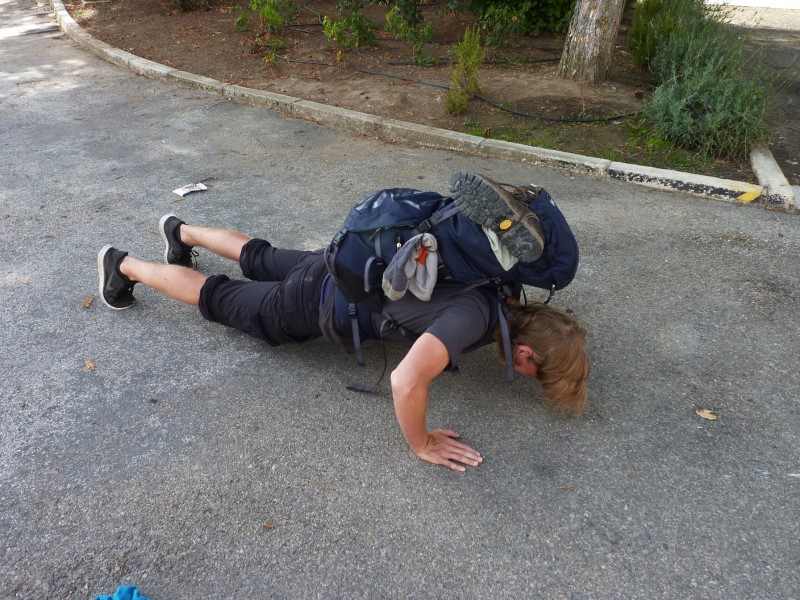
Few tips at the end
- Choose the alternative route if you can. The extra 3km are worth it, not so much for the beauty of the countryside than for simply avoiding the industrial zones of Leon and busy roads full with cars. Hospital de Orbigo is also nicer than San Martin, and has better pilgrim hostels.
- Escape from Leon early to avoid heavy traffic. Leave before 7am, or even 6m to avoid morning traffic through industrial zones. Remember that Spanish people are not early risers. If you’re from US or UK or Germany, you probably think that by 6am all roads are already busy, with many people going to jobs. But Spanish people are much more relaxed and almost nobody starts to work before 8am or even 9am. Taking the official camino route, leaving the albergue at 6am or 7am will help make this stage at least a bit more bearable with little traffic on the roads you walk on or by.
Next/Previous Stage
- Next stage: Camino Frances Stage no. 19, San Martin del Camino – Astorga.
- Previous stage: Camino Frances Stage no. 17, El Burgo Ranero – Leon.
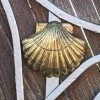


![Ultralight Packing List for Camino de Santiago [2025 Edition]](https://caminolovers.com/wp-content/uploads/2022/03/altra-shoes-640-x-480.jpg)
